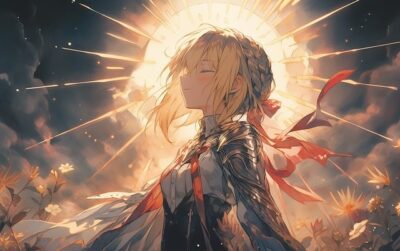An urban novel, often referred to as urban fiction, is a literary genre that explores the contemporary experiences, lifestyles, and challenges of characters within urban settings, typically in cities. These novels often delve into the social, economic, and cultural aspects of urban life, offering a reflection of the complexities. And realities faced by individuals in metropolitan areas.
Key features of urban novels include:
1. Urban Setting:
At the heart of every urban novel lies its setting—an urban environment that assumes the role of a central character. Whether it’s the vibrant streets of New York or the lively neighborhoods of London. Or the bustling markets of Tokyo, the city becomes a living, breathing entity influencing the characters and plot. The sights, sounds, and rhythms of urban life provide a backdrop against which the narrative unfolds, creating a vivid and immersive experience for readers. This setting becomes a crucial element, influencing the characters’ experiences and shaping the narrative. If you are interested, you can check The First Heir on the mega novel, which can give you a deep impression.
2. Cultural Representation:
Urban novels often focus on the cultural diversity present in urban areas, portraying characters from various backgrounds, ethnicities, and walks of life. This representation adds richness to the narrative and reflects the multicultural nature of cities, authors tackle pressing social concerns, prompting readers to confront them. And contemplate the complexities of the world we inhabit.
3. Social Issues:
These novels frequently address social issues prevalent in urban settings, such as poverty, crime, racism, and inequality. And the challenges faced by marginalized communities. Authors use their storytelling to shed light on these issues and prompt readers to reflect on societal realities.
4. Authentic Dialogue:
One distinctive feature of urban novels is the authentic portrayal of language. Authors skillfully incorporate the vernacular and expressions commonly used in urban communities, providing a genuine voice to their characters. This linguistic authenticity not only adds depth to the narrative but also allows readers to connect more intimately with the characters and their surroundings.
5. Diverse Characters:
Urban novels showcase a diverse range of characters, each with their own unique stories, struggles, and aspirations. These characters may navigate issues like family dynamics, relationships, career pursuits, and personal growth.
6. Street Lit vs. Literary Fiction:
Urban fiction encompasses a spectrum from street literature (street lit), which may focus on gritty, realistic portrayals of street life, to more literary works that explore the human condition within urban environments. The genre is broad and accommodates various styles and themes.
Conclusion
The roots of urban fiction can be traced back to the Harlem Renaissance, where writers like Langston Hughes and Zora Neale Hurston laid the foundation. Over the years, the genre has evolved, embracing new voices and perspectives. Contemporary authors like Colson Whitehead and Ta-Nehisi Coates continue to carry the torch. Also, contributing to the ongoing legacy of urban novels. Urban novels offer readers a compelling journey into the heart of city life. Through their rich settings, diverse characters, and exploration of social issues, these novels provide a nuanced understanding of the urban experience, making them a vital and vibrant genre within the literary landscape.







